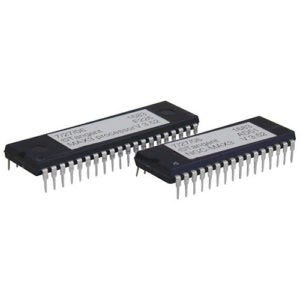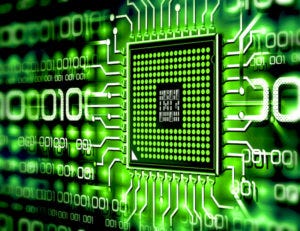Know about ROM

- ROM has known as Read Only Memory.
- It is one kind of non-volatile storage system in a PC.
- Each PC comes fitted with this memory that holds guidelines for beginning up to the PC.
- ROM stores some difficult programs, for example, the program that boots the PC and performs diagnostics.
- Data stored in ROM can’t be effectively changed or modified. This data is also not lost when the PC is shut down.ROMs work at a much slower speed that RAM.
- Generally, adding with computer ROMs is used basically in calculators and peripheral devices such as laser printers, in which ROM stores the fonts.
There are various types of ROM:
- PROM (programmable read-only memory)
- EPROM (erasable programmable read only memory)
- Flash Memory
- These are generally used to allocate firmware.
Know About Firmware

- Firmware’ can be specified as a specific type of programming.
- The main work of programming is essential to pick up any task by the numerous processors of a device and this programming is joined into a ROM (Read Only Memory).
- The instructions are coded in Basic Input Output Service (BIOS) and is stored in ROM.
- ROM contains the loader program which helps to load a program into the device memory.
- Some usual examples of devices including firmware in their systems are watches, computers, mobile phones, camera, etc.
Firmware ROM
Definition
Firmware
Firmware is a set of instructions or programs written in machine language which are used to operate electronic devices.
ROM
ROM is a type of ‘built-in’ memory chip that is capable of holding and storing data in an electronic device.
Form
Firmware
It is a set of programs.
ROM
It is a read-only-memory device.
Volatile
Firmware
It is volatile.
ROM
It is not volatile.
Storage
It is stored in the ROM of a device.
ROM
It is stored or embedded in the device.
Example
Firmware
OpenWRT, Open Firmware, etc.
ROM
PROM, EPROM, and Flash Memory.
